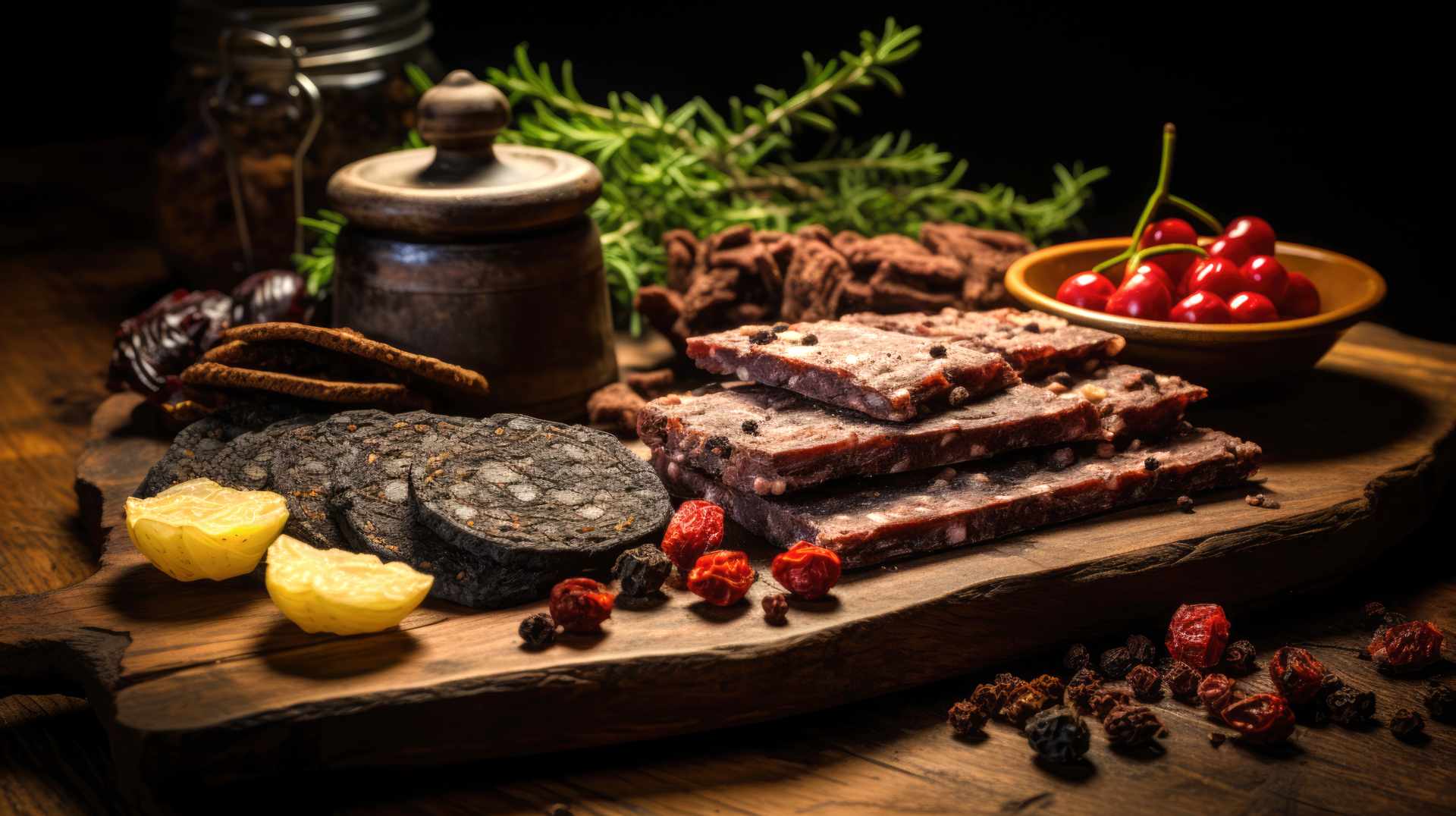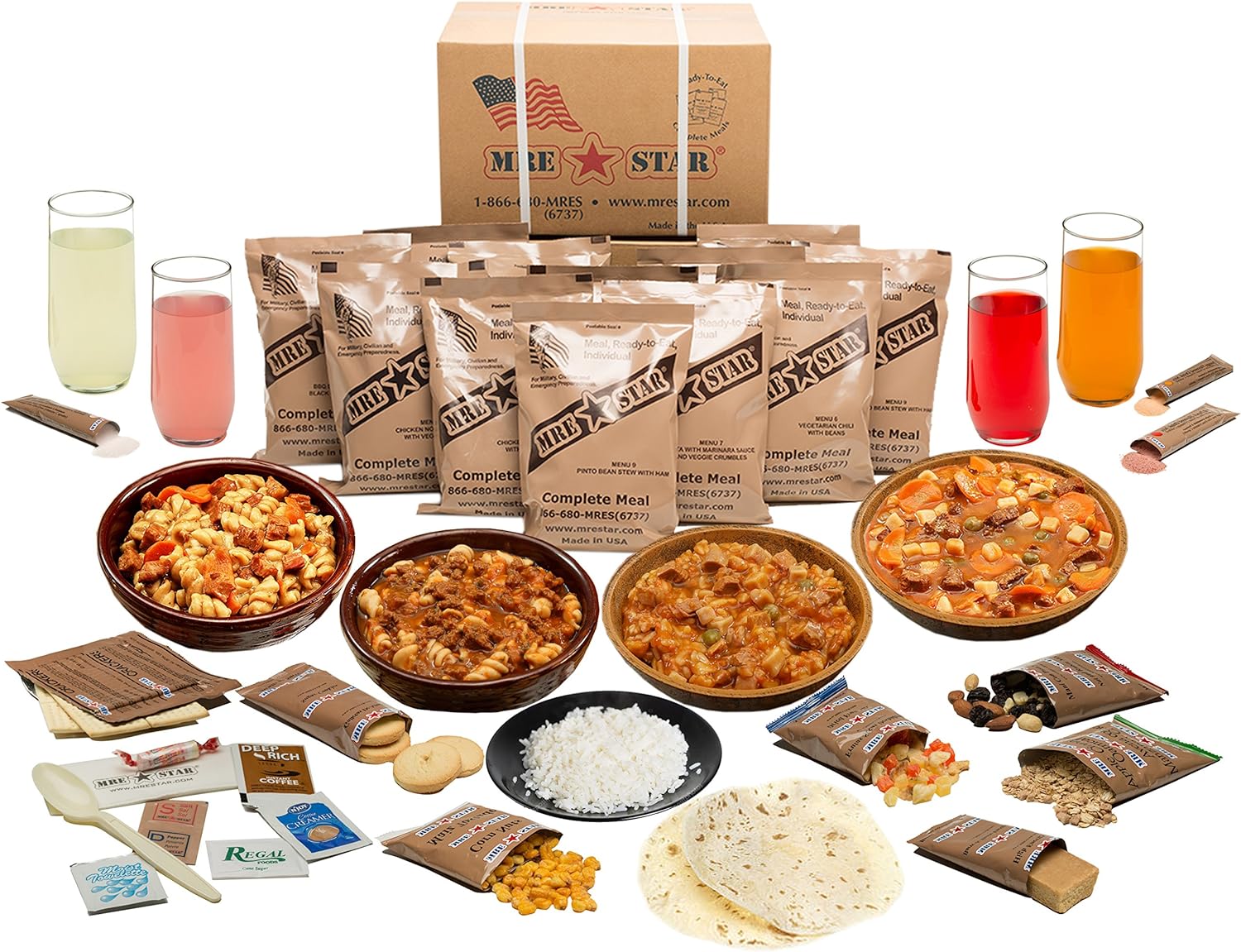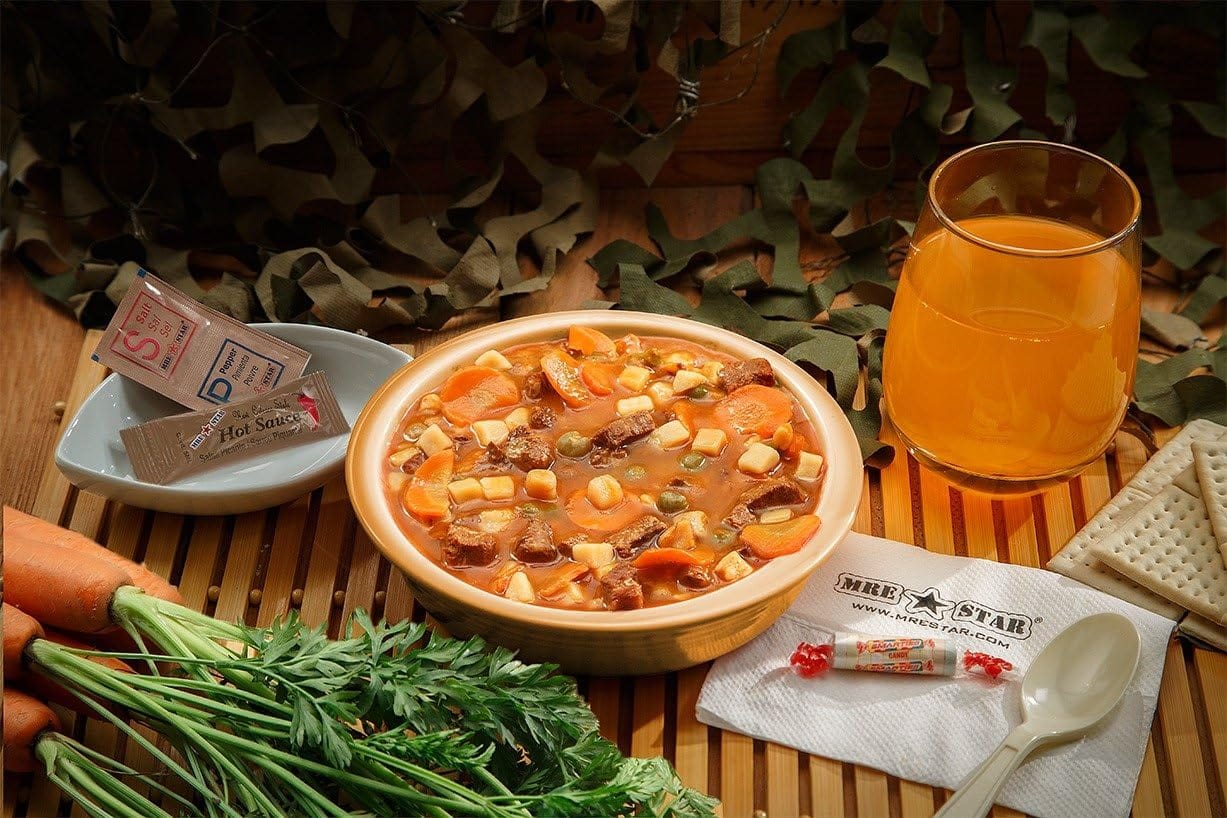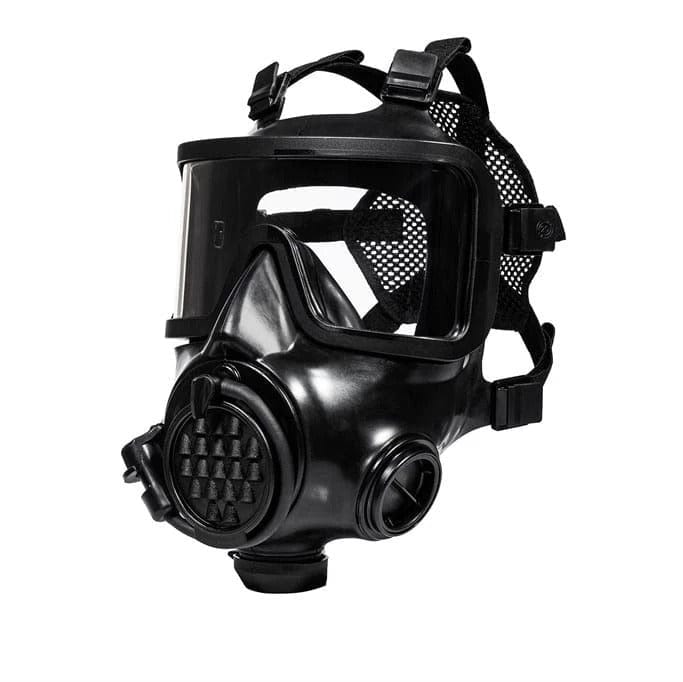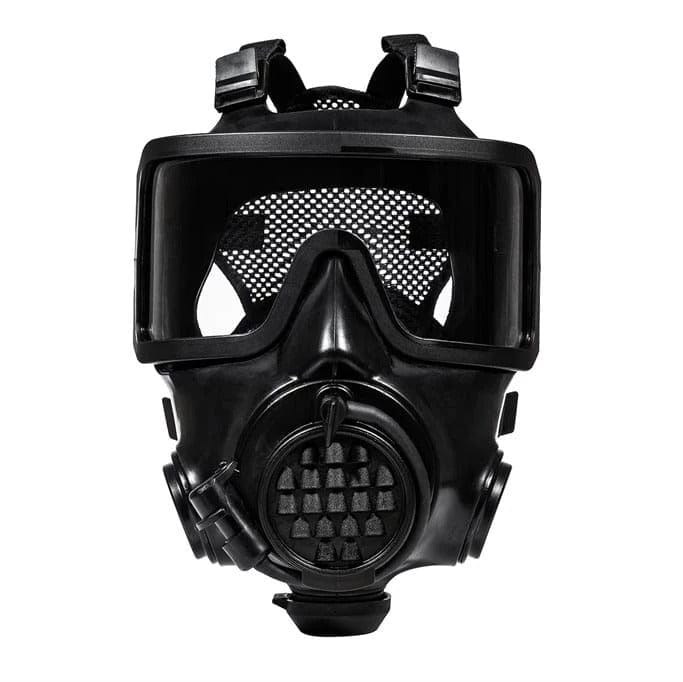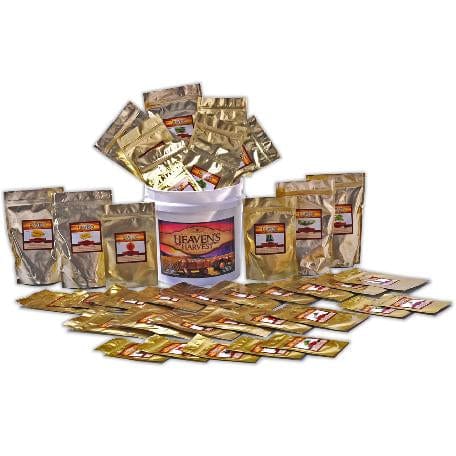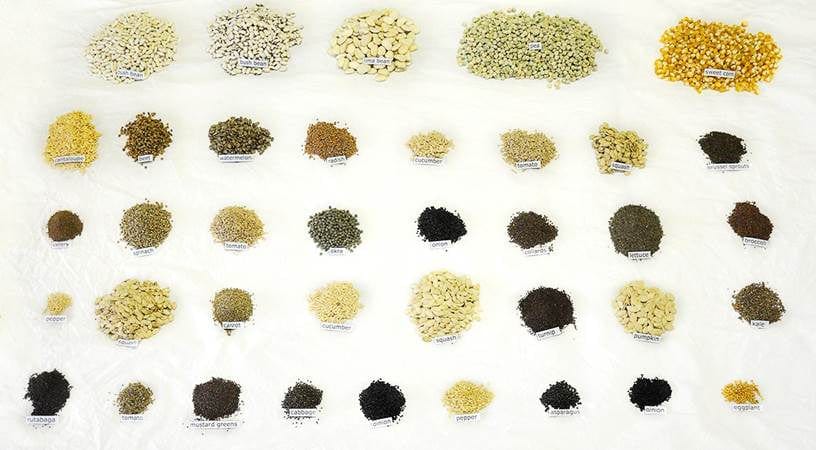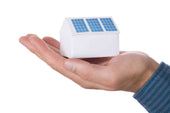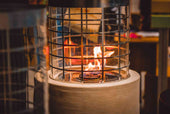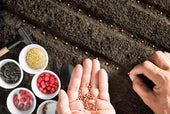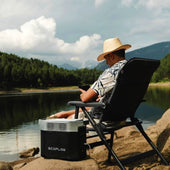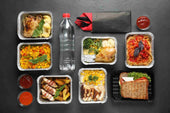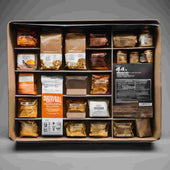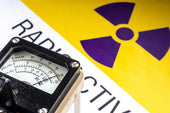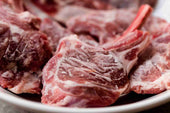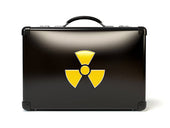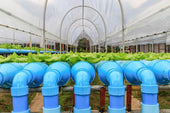Pemmican is a traditional Canadian or Native American food with a concentrated mixture of protein and fat.
The word Pemmican comes from the Cree word of natives of North America, ' pimihkan. 'Pimi means grease or fat. This type of cuisine was considered a high-energy food for European traders and Arctic/Antarctic explorers. It was the first protein bar for travelers and adventurers and is considered the first MRE (Meals, Ready to Eat). It is high in protein and contains everything the body needs to sustain itself for an extended period.
In addition, it is a perfect snack for traveling, hiking, camping, or during crises where cooking meals are challenging. This food doesn't need any refrigeration, and it is lightweight.
The traditional recipe for Pemmican includes lean meat, dried fruits, and fat to hold it all together. In the past, it was considered essential for sustaining hunters and warriors on the trail to have Pemmican.
One can eat Pemmican with one hand without any utensils. It can be added to stews, soups, rice, or anything else that needs a boost. To eat Pemmican in the style of Native Americans or Canadians, you must pop a little pemmican in your mouth and chew it like gum. It is surprisingly filling when you eat it this way.
Though the food is small in volume, it will give power to your body because it is concentrated and loaded with protein.
This article will discuss the history of Pemmican, the ingredients used, and its nutritional value or health benefits. We will also tackle how to make a Pemmican today, especially during outdoor activities or emergencies.
History of Pemmican

During the fur trade in Canada, traders needed more time to look for food on land, especially when traveling. They carried their food supplies when traveling long distances, and resupplying was impossible along the way.
When the trading system reached the Winnipeg area in Canada, Peter Pond introduced a vital food to the trade in 1779. The Chipewyans inspired him in the region of Athabasca, Alberta, Canada.
According to history, Metis (mixed American-Indian and Euro-American ancestry) would travel to the southwest prairie part of Canada, slaughter buffalo, and make it Pemmican.
Then, they would trade it at the posts of the North West Company. The people on the prairie's edge considered Pemmican an essential good in the trade since it could nourish them for the whole day.
The trade for Pemmican was a significant factor in the birth of the Metis community. Multiple packs of Pemmican would be traded north and stored at the major fur posts, such as Edmonton House, Fort Alexander, Fort Garry, Norway House, and Cumberland House.
The Pemmican War was very important. Governor Miles Macdonell started it in 1814 with the Metis. He then passed the Pemmican Proclamation, which forbade the export of Pemmican from the Red River Colony. Many adventurers relied on Pemmican.
Alexander Mackenzie in 1793, Robert Peary, an explorer in the North Pole from 1886 to 1909, and Ernest Shackleton from 1914 to 1916 in the Antarctic.
Meanwhile, the British troops relied on Pemmican during the Second Boer War between Great Britain and the South African Republic from 1899 to 1902. The war lasted many days, and the troops could march for 36 hours (three days) before someone died from hunger.
Ingredients and Traditional Preparation of Pemmican

Traditionally, Pemmican is made from moose, buffalo, deer, bison, elk, or whatever meat is available. The meat is cut into thin slices and dried under the sun's heat or on a low fire until it becomes brittle and hard. It takes about 2 kilograms of meat to make pemmican.
Next, they pound the meat using stones or a big mortar and pestle and turn it into small pieces until it becomes powder-like. The meat is mixed with rendered fat. After that, dried fruits like Saskatoon berries, blueberries, cherries, and cranberries were pounded into the powder and fat. Water is removed from dried fruits.
Thus, it has a longer shelf life than fresh fruits. The pemmican mixture, which is stored in bags, lasts around ten years.
The Native Americans store their Pemmican supplies in bags made of deerskin or buffalo skin. The Europeans adopted these bags; today, they are known as saddlebags or parfleche by the French.
Is Pemmican a Healthy Food?
The two nutrients that are best for our health and are most easily absorbed when combined are fat and animal proteins in this traditional North American Indian Pemmican recipe.
Traditional pemmican is thus a historical cuisine that is now more important for your health than ever.
The classic recipe is perfect for ketogenic diets because it excludes carbohydrates.
It is also keto-friendly, and you can even eat it while adhering to a strict carnivorous diet, which is frequently used to address psychiatric issues caused by food intolerances.
Additionally, handmade pemmican prepared using a traditional recipe is a viable option for outdoor activities like backpacking, hiking, trekking, or camping because it does not deteriorate, crumble, or leak.
Benefits of Pemmican
Due to its unique nature, adventurers in past centuries have used Pemmican as their food. Today, it is an excellent option for survivalist enthusiasts because of its various benefits.
First, it has a long shelf life and can provide an individual with a whole meal. It does not need any refrigeration since the food does not hold moisture. It is a good snack for all outdoor activities such as climbing, biking, backpacking trips, road tripping, kayaking, etc.
Second, during adventures or emergencies, Pemmican can minimize waste and maximize your resources. It uses an animal's fat and lean meat and can create little waste, which is essential for survival.
Third, it is easy to carry and lightweight. You can store it in tight containers or Ziplock bags and put it in your luggage. The military in the field can just put the Pemmican in their pockets and eat it whenever they are hungry.
Fourth, it contains fat, protein, vitamins, and minerals that our body needs to function. 22 ounces of Pemmican contains the following nutritional benefits:
- 293 calories
- 26 grams of fat (Saturated fat is 13 grams and trans fat is 2 grams)
- Sodium 285 mg
- Carbohydrates 1 gram
- Protein 15 grams
Finally, since Pemmican includes easy food preparation, anyone can eat in survival, emergencies, or wilderness situations, even without special kitchen tools. Even if you don't have gas or electricity, you can still make Pemmican.
Shelf life of Pemmican
There are various opinions regarding the shelf life of the Pemmican. Some say it can last only a month, while others believe it can last for many months, even years. It depends on the humidity and temperature of the environment.
The quality and storage condition of the ingredients will also determine their shelf life. For example, ingredients must be fresh (like meat and fat), and fruits must be dried for longer shelf life. In addition, the storage temperatures must be excellent to protect the food.
Store it in the freezer or a glass jar in a cool, dark place to extend its shelf life. For longer storage, you can substitute raisins for fat, as in the traditional pemmican recipe.
How to Make a Pemmican

Pemmicans are now available in stores. They offer MRE (meals ready to eat) or survival items in bars, cans, pails, and different sizes and flavors.
However, it is still best to learn how to prepare for an emergency or crisis. You can make your Pemmican at home today and prepare it according to your taste. This can save you time, especially if you're too busy to prepare your food, and keep you going for hours.
Here's how to do it:
Ingredients:
- One kilogram of meat—You can use buffalo, deer, elk, moose, or beef. Choose lean parts of the meat, like the thigh.
- 500 grams of fat – Beef Suet or lard
- Seven hundred grams of dried fruits – Dried fruits like blueberries, cherries, or Saskatoon berries.
- Extras: Add chopped nuts, raisins, peanut butter, maple syrup, or honey to your Pemmican. Some people also add sugar and chocolate.
Instructions:
Cut the meat
The first step is to remove the meat's fat. Then, using a sharp knife, slice the meat thinly and place it on a tray or rack. The tray or rack should be placed under the sun's heat or at a low fire. You can use an oven or stove to heat the meat. It will take all day to make it brittle. Ensure the meat is dry and cracks when you bend it.
Grind up the Meat
Next, grind the dried meat in a food processor until it becomes powdery. You can use a blender if you don't have a food processor. To do this, mince the meat first, cut it into small pieces, and put it in the blender. Make sure to turn it into powder.
Render the Fat
Next, put the dried meat in a food processor. Grind it until it becomes powdery. You can use the blender if you don't have a food processor. To do this, mince the meat first, cut it into tiny pieces, and put it in the blender. Make sure that you turn it into powder form.
Mix the fruits, meat, and other ingredients.
The next step is mixing the other ingredients in a large bowl. Add the fruits and extras, such as nuts, raisins, peanut butter, honey, or sugar. Then, mix one part of the fat into two parts of the meat. Repeat this process until you finish mixing all the ingredients. Mix thoroughly.
After mixing the ingredients:
- Spread it in a casserole dish into squares, little balls, or bars.
- Let it stay for a few minutes until it becomes hard. You can store it in airtight containers to make it last longer.
- Keep the Pemmican in a cool, dark, dry place to help protect it.
Tips for Making a Pemmican
Making Pemmican is as easy as one-two-three! But here are some tips, especially for first-timers, so that you can create the best Pemmican:
-
First, ensure that you get fat for your Pemmican outside the marrow or muscle of the meat. Ask your butcher for this.
-
Choose the leanest part of the muscle meat for your ingredient.
-
Make an equal ratio of the weight of the meat, dried fruits, and fat, and not by the volume. It is usually 1:1:1. With this tip, you will have better-tasting results.
-
Pemmican doesn’t require refrigeration as long as the fat is rendered properly. It can be kept in an airtight container, such as a glass jar, pottery container, or Tupperware. Vacuum packing or plastic wrapping can also extend pemmican's shelf life. These containers are also resistant to insects and rodents.
-
You can choose an alternative ingredient for fat. For example, you can replace peanut butter with rendered fat. In addition, a leather fruit or vegetable will be an excellent replacement for vegetarians, although this will give you less fat and calories than the meat-fat version.
Storage
Native Americans hung leather bags full of pemmican high above the ground as storage containers. This kept everything inside dry and far from pests.
We also have to deal with mice entering our pantry because we live in the country. As a result, we usually wrap pemmican in waxed paper. These wrapped items are placed in paper bags and sealed in airtight glass containers. Then, until we want to snack on them, we store them in the cold cellar.
Of course, this is for treats we intend to consume during the next few months. We advise vacuum sealing pieces for long-term preservation and keeping them out of direct sunlight in a cool, dry location.
Conclusion

In sum, Pemmican is easy to prepare, even in any condition, and can be stored for many years.
However, it is recommended that some be made ahead of disaster. Making pemmicans regularly will help you become more comfortable with the recipe and prepare you to cook Pemmican even during undesirable conditions soon.
You can experiment with pemmican today and find the best recipe for you. To enhance the flavor, you can add nuts, honey, chocolate, or sugar.
Pemmican has been considered a superfood because it provides nutrition even in emergencies.
Thus, learning to cook pemmicans now is helpful because this might save your life!

